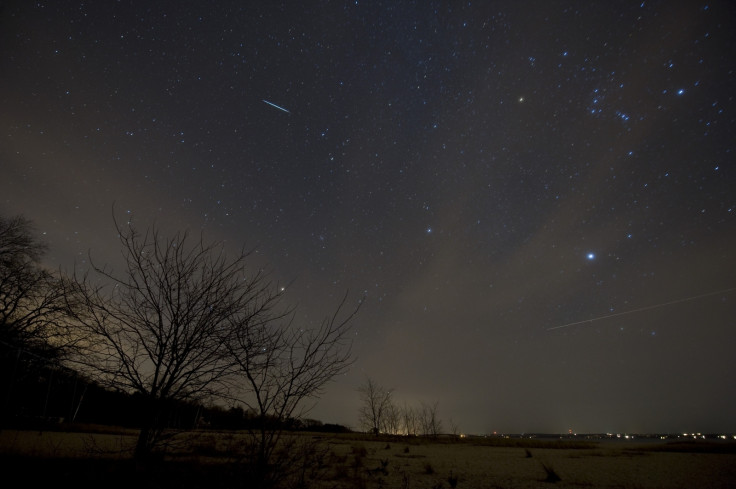Asteroid flyby will help Nasa test Planetary Defense Network systems
The asteroid will be used as a 'potential impactor' to run tests and exercises.

Nasa, in collaboration with the University of Arizona, will be using a real asteroid to test a network of planetary defence observatories. While Nasa has conducted such tests before, they have always been based on hypothetical impactors.
According to a report published by the University of Arizona, the "uncertainty in the asteroid's orbit has slowly increased, as it would for any asteroid as time passes", but the asteroid by itself does not pose any threat to Earth and will reportedly pass by no closer than 4,200 miles (6,800 kilometers) from the surface.
The Planetary Defense Network, as part of Nasa's Planetary Defense Coordination Office (PDCO) was set up to assess and coordinate efforts to protect Earth from asteroids. The upcoming flyby of asteroid 2012 TC4 on 12 October will serve as an exercise to test and conduct exercises.
Using the asteroid 2012 TC4 as a "potential impactor" to Earth, the PDCO, along with the University of Arizona will, "exercise the entire system from observations, modeling, prediction and communication" according to a report published by the University.
"The question is: How prepared are we for the next cosmic threat?" said Vishnu Reddy, an assistant professor of planetary science at the Lunar and Planetary Laboratory. "So we proposed an observational campaign to exercise the network and test how ready we are for a potential impact by a hazardous asteroid."
The 2012 TC4, measuring between 30 and 100ft across, is similar in size to the asteroid that exploded over Russia in 2013. According to Reddy, the team has more than a dozen laboratories, observatories and universities all over the world where they "can collectively learn the strengths and limitations of our planetary defense capabilities."
Only recently, Nasa's Dart project was revealed where they plan to directly smash satellites into asteroids in an effort to deflect it away from Earth. The PDCO exercise, however, will be an observation of the 2012 TC4 asteroid and also to "nail down its exact path".
Often, it is not possible to be completely prepared for asteroid flybys, and several such incidents have happened in the recent past where they were spotted just before they whizzed past Earth, or after they crossed us. In fact, asteroids and smaller pieces of space rock– meteors bombard Earth on a daily basis. According to estimates, 90 to 95% of these rocks completely burn up in the atmosphere, rarely reaching the surface.

The 2012 TC4 was first discovered by Pan-STARRS 1 telescope on Oct. 5, 2012, at Haleakala Observatory on Maui, Hawaii. Reports suggest that the asteroid might be visible to large surface telescopes by early August.
© Copyright IBTimes 2025. All rights reserved.





















